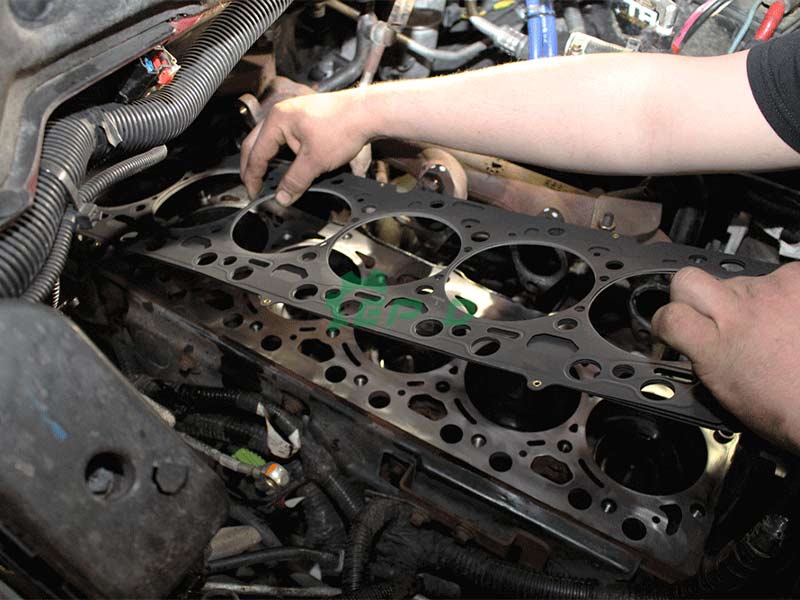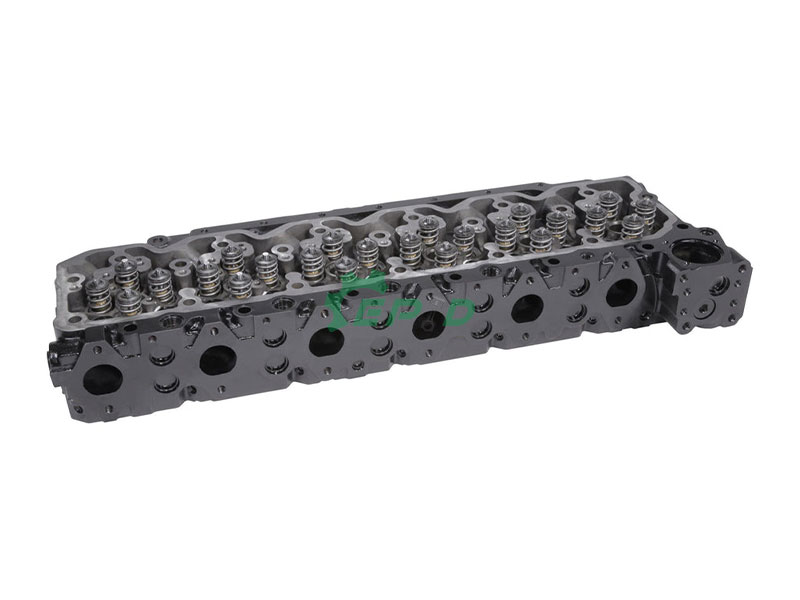The 6.7L Cummins turbo-diesel engine has powered Ram Heavy Duty trucks since 2007, earning a reputation for brute torque and reliability. While the entire engine is engineered for durability, the cylinder head remains one of its most critical—and vulnerable—components. Understanding which vehicles use this head, its design characteristics, and why choosing a quality replacement matters is essential for technicians and fleet managers.
The 6.7L Cummins cylinder head is found exclusively in Ram 2500/3500/4500/5500 Heavy Duty trucks from the following model years:
– 2007.5–2018 (Third Generation): Features a cast-iron block with an aluminum cylinder head.
– 2019–Present (Fourth and Fifth Generation): Updated head design with reinforced exhaust ports and revised valve seats.
Note: While the head casting evolved (notably post-2019), core dimensions and bolt patterns remain largely consistent. Most aftermarket heads fit all 2007.5+ models, but always verify compatibility using the engine serial number.

The 6.7L Cummins head balances power output with emissions compliance, resulting in several distinct design elements:
1. Material & Construction
– Aluminum Alloy: Reduces weight vs. cast iron while dissipating heat faster.
– 6-Bolt Per Cylinder Design: Unusually robust clamping force to handle high cylinder pressures (up to 30,000 kPa in later models).
2. Critical Failure Points
– Exhaust Port Cracks: A notorious weak spot, especially between ports #5–6, due to thermal stress. Post-2019 heads added thicker webbing here.
– Injector Cup Leaks: Degraded seals allow coolant to seep into fuel passages, causing contamination.
– Valve Seat Recession: Hard carbon buildup erodes exhaust seats over time, leading to compression loss.
3. Emissions-Driven Updates
– 2007.5–2012: EGR-cooler integration increased thermal stress.
– 2013–2018: Revised EGR flow reduced cracking risk.
– 2019+: Strengthened exhaust ports and sodium-filled exhaust valves for better heat tolerance.
When overhauling a 6.7L Cummins, cutting corners on the cylinder head is a costly gamble. EPID Parts addresses common failure points with rigorously engineered replacements:
– Precision Remanufacturing: Every EPID head undergoes: → Pressure Testing (40 PSI coolant / 100 PSI combustion). → Deck Truing (flatness within 0.003″). → Crack Repair using furnace-welding for exhaust ports.
– Critical Upgrades:
— Laser-Clad Valve Seats: Hardened alloy resists recession 3× longer than OEM.
— Stainless Steel Injector Cups: Eliminates corrosion-induced coolant leaks.
– Complete Kits Available: Includes head bolts, valves, springs, and valve stem seals.

Watch for these red flags:
– White exhaust smoke (coolant leak).
– Coolant loss without visible leaks.
– Misfires under load (compression loss).
– Fuel-in-coolant contamination (milky residue in filter housing).
Ignoring these often leads to hydro-lock or catastrophic block damage.
The 6.7L Cummins cylinder head is a marvel of modern diesel engineering, but its complexity demands quality during repairs. Whether you’re maintaining a 2008 Ram 3500 workhorse or a 2024 tow rig, using a subpar head risks repeat failures and downtime.
EPID Parts delivers the solution: remanufactured heads that improve on OEM durability, addressing exhaust cracks, injector cup leaks, and valve seat erosion through advanced materials and precision machining. For fleet managers and owner-operators alike, choosing EPID isn’t just a repair—it’s an investment in the next 300,000 miles.